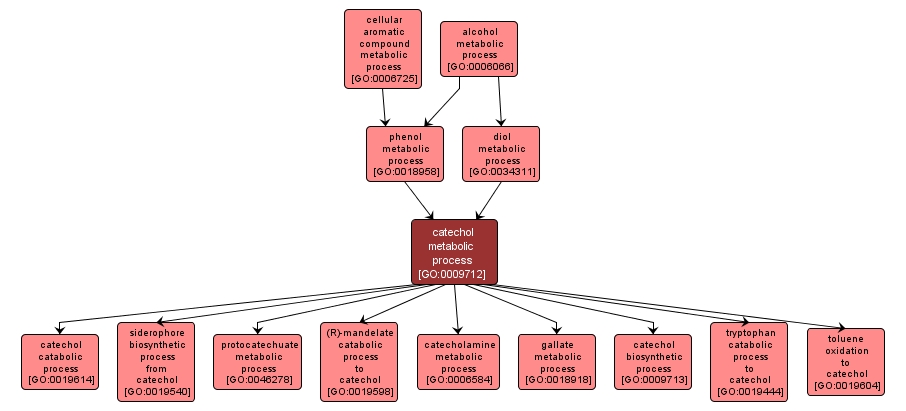GO TERM SUMMARY
|
| Name: |
catechol metabolic process |
| Acc: |
GO:0009712 |
| Aspect: |
Biological Process |
| Desc: |
The chemical reactions and pathways involving a compound containing a pyrocatechol (1,2-benzenediol) nucleus or substituent. |
| Synonyms:
|
|

|
INTERACTIVE GO GRAPH
|














